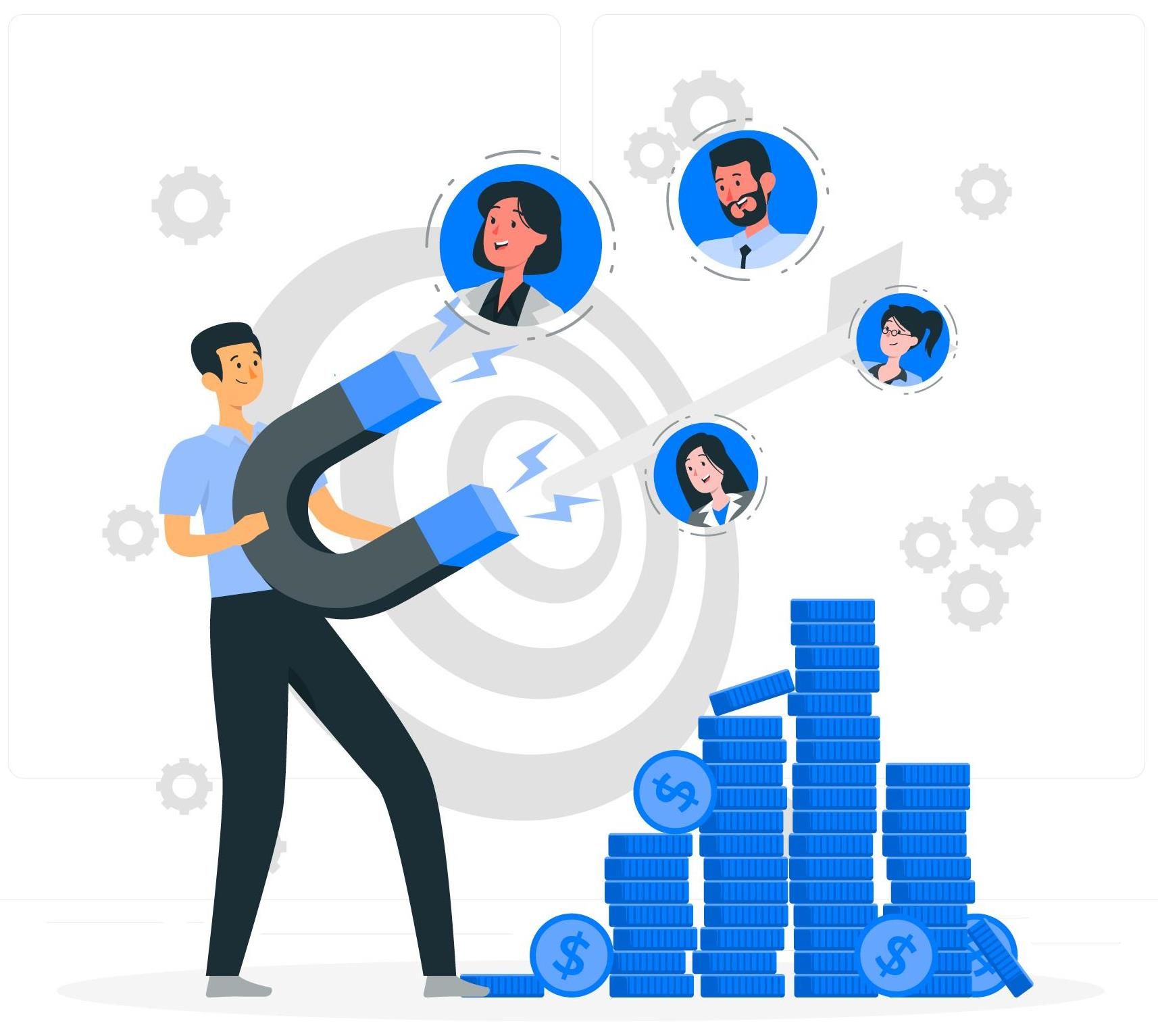
🎓 Definition
Every time a customer leaves the program is a great opportunity to learn what happened. Churn Management objective is to reduce the Churn rate. It consists of 4 key points:
- Understand who are the Customers who leave
- Identify Customers most at risk to leave
- Identify among these customers who are the ones we want to keep based on the value they bring
- Setup strategies to keep them
The critical point here is of course to precisely define what we call a "Customer who leaves". Most of the time, this definition is based on the shopping frequency and last purchase date.
Imagine that a Customer X has been shopping every 2 weeks for the last year. We can then define the churn at [Shopping Frequency duration] X [n shopping cycles]. if n=3, it means that the customer will be concerned "lost" 6 weeks after her last purchase date.
💡Understanding why Customer leave
There are at least 2 methods you can use to understand the reasons why a loyal customer stops to patronize your shops.
The first method is of course to have 1 on 1 interaction with shoppers. A pre-build questionnaire with enough open-ended questions, so customers can freely explain their situation, will definitely help.
The second method is data driven:
a study of shopping history can explain what are the categories that created the decision to leave: identify the categories where spending decreased regularly and then investigate the category: is there any products we stopped they used to buy? Are we missing critical products or innovation? Have our prices regularly increased? Did we maintain sufficient and attractive promotions? Are we facing a long-term availability challenge?
📅 Frequency
Reviewing lost customers monthly is a good idea
📨 Automation
The best solution is to define a playbook for lost customers and automating it. Each step of the playbook is triggered by a recency-based alert (x days after last shopping for the first alert, then x days after the first, then second message).
At each step, a message and associated mechanics is sent, automatically recorded as a campaign. If the contacted customers shop again, the playbook stops.
A specific budget must be planned and allocated, as part of Customers retention.
In message doesn't necessarily need to focus on monetary incentives. Emotional connection also plays a big role in loyalty. Messages can also invite for a personal connection and feed-back. For example, "Dear Jack, we noticed you did not visit our shops for the last 6 weeks. It is not like you. We would love to hear your feedback and suggestions on how we can service you better"
Each lost customer campaigns can be then further analyzed in Campaign Analytics to measure its effectiveness and progressively improve them.
How do you measure the success of the churn management strategies implemented?
Measuring the success of churn management strategies requires the use of specific metrics or Key Performance Indicators (KPIs). These could include tracking the percentage reduction in churn rate over time, monitoring the rate of re-engagement with previously lost customers, and analyzing the return on investment (ROI) of the retention campaigns. By regularly reviewing these metrics, businesses can assess the effectiveness of their strategies and make necessary adjustments to improve results.
What are some effective strategies or methods to re-engage with customers who have already churned?
Re-engaging with churned customers can be approached through various strategies beyond automated playbooks and messages. Some effective methods include personalized follow-up emails or calls to understand their reasons for leaving, offering exclusive discounts or promotions to incentivize their return, and implementing a loyalty program to reward repeat purchases. Building a strong emotional connection with customers by showing genuine interest in their feedback and preferences can also be a powerful way to encourage them to come back.
How can businesses prioritize the allocation of their budget for customer retention?
Prioritizing the allocation of budget for customer retention involves assessing the potential impact and ROI of different retention strategies or initiatives. Businesses should consider investing more in strategies that have shown higher effectiveness in reducing churn and increasing customer lifetime value. It's also important to allocate budget across a mix of tactics, including customer engagement programs, personalized communication, and product or service enhancements, to create a holistic approach to retention. Regularly reviewing and adjusting the budget based on performance insights and changing business needs is crucial for optimizing overall retention efforts.
🖥️ Make it happen in Ulys Customer Intelligence
How to access Churn Rate in Ulys:2 Simple Steps
Step 1: Select the Buying Pattern under the Behaviors Menu in the Menu Bar.

Step 2: Select the Option in the Filter Menu and select the frequency and period you want to measure.

And here it is. The Churn customer will appear in the Loyal Customer Composition widget.


You can also extract the List of Customers who are identified in each segment of Loyal Customer Composition from the Table icon. This Customer list can then be immediately used in a Campaign.
